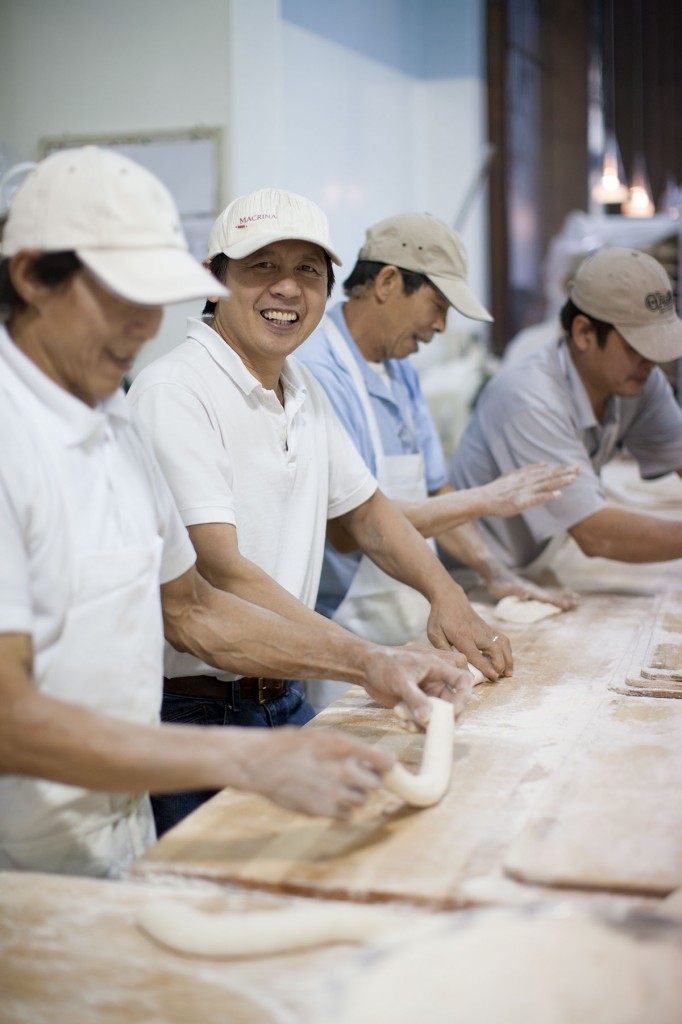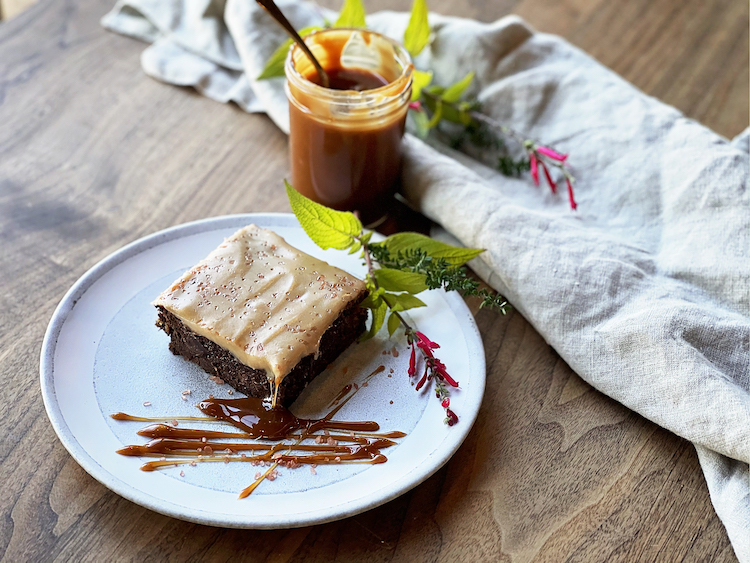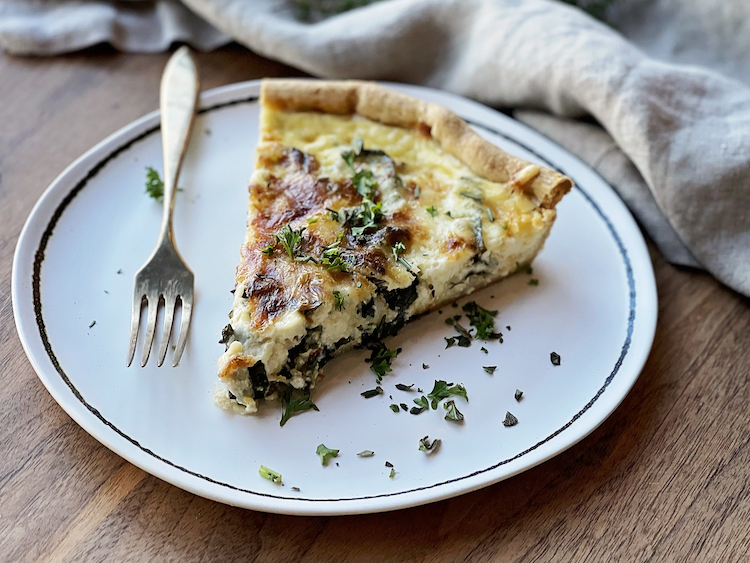This luscious layer cake is a lovely treat for spring holidays like Easter and Mother’s Day. It has flavor and beauty in spades. The whipped cream functions as a frosting, the toasted coconut adds texture and taste while the juicy berries add color and some tartness to the sweet cake. The cake is best enjoyed the day you make it, but it will keep for up to two days in the refrigerator.
-Leslie Mackie
Ingredients:
Makes one 9-inch layer cake
3 cups unsweetened shredded coconut
1 cup coconut milk
5 egg whites
2 tsp almond extract, divided
2 tsp vanilla extract, divided
2¼ cups cake flour
2 cups granulated sugar, divided
1 Tbsp + 1 tsp baking powder
1 tsp salt
12 Tbsp (1½ sticks) unsalted butter, room temperature
1 cup strawberries, sliced
1 cup blueberries
1 cup raspberries
2 cups heavy cream
Directions:
Preheat oven to 325°F. Prepare a 9-inch x 3-inch springform cake pan by brushing it with oil and lining the bottom and sides with parchment paper.
Spread the coconut evenly onto a rimmed baking sheet. Toast in the oven, tossing every 3 minutes until golden brown, about 5 to 10 minutes. Remove from the oven, place in a medium bowl and let cool.
In a separate medium bowl, combine the wet ingredients: coconut milk, egg whites, 1 tsp almond extract and 1 tsp vanilla extract. Mix well and set aside.
Sift the cake flour, 1¾ cup sugar, baking powder and salt into the bowl of a stand mixer. Add 1 cup of toasted coconut. Using the paddle attachment, mix at low speed for about 30 seconds. Cut the butter into ½-inch cubes. Scatter half the butter cubes over the surface of the flour mixture. Mix on low speed. After 1 minute, add the remaining butter cubes. Continue on low speed until the mixture has a texture that is coarse and crumbly, with no visible lumps of butter.
Add half the wet ingredients and mix at medium speed for 30 seconds. Stop the mixer and scrape down the sides of the bowl with a rubber spatula. Add the remaining wet ingredients. Mix on medium speed for another 30 seconds.
Pour the batter into the prepared springform pan. Bake on a center rack for about 1 hour or until the top is golden brown and a toothpick comes out clean. Let cool for 1 hour. Remove the cake from the pan and remove the parchment paper.
If the cake is slightly domed, cut the raised part off so the top is flat. Then, using a good serrated knife, carefully cut the cake into two horizontal layers. They will be fragile, so handle them gently. Stack them on each other to keep them from drying out.
Place the sliced strawberries, blueberries and raspberries in a bowl and stir them gently together. Set aside.
In the bowl of a stand mixer, add the heavy cream, ¼ cup sugar, 1 tsp almond extract and 1 tsp vanilla extract. With the whip attachment, start mixing at low speed, then increase to medium and continue until medium-firm peaks form.
To assemble, place the bottom layer on a serving dish. Spread 1½ cups of whipped cream evenly over the top. Lay three-quarters of the berries over the whipped cream in a single layer covering the entire top surface. Add the second cake layer and spread the remaining whipped cream over the top and sides of the cake and wipe any excess off the edge of your serving dish.
Press the remaining toasted coconut to the edge of the cake (you can cover the top, too, if you like the look). Garnish the top with the remaining berries. Refrigerate the cake until you’re ready to serve it. Enjoy!






















